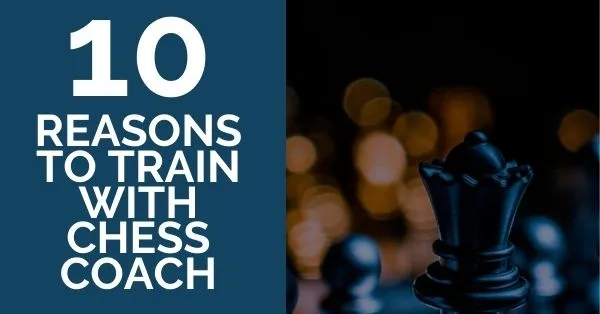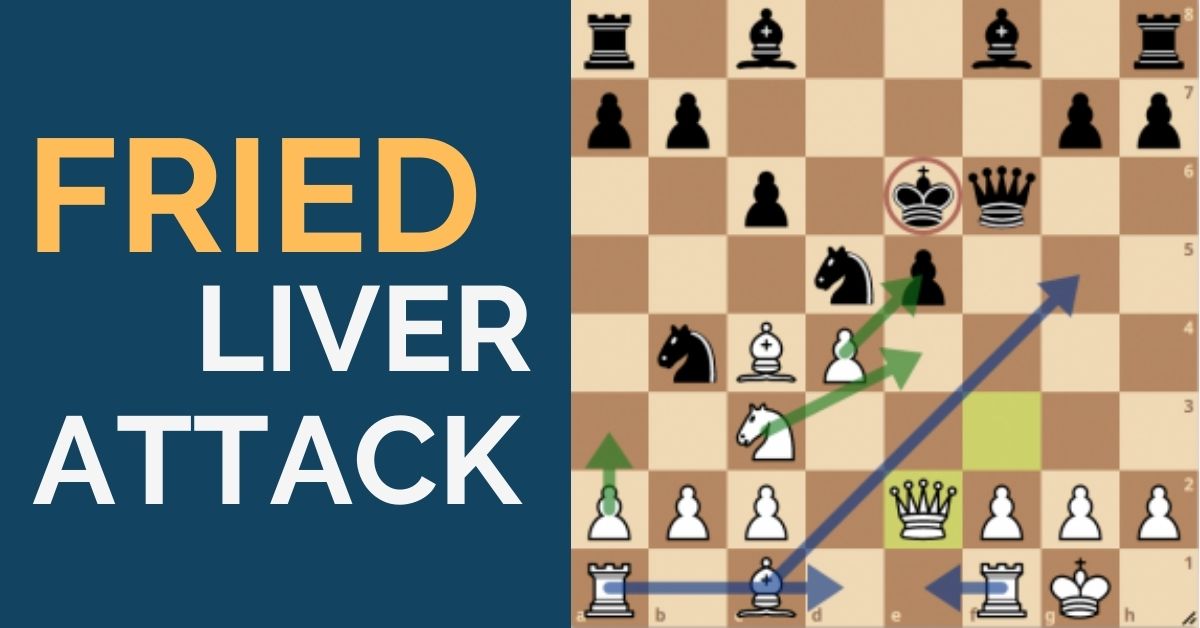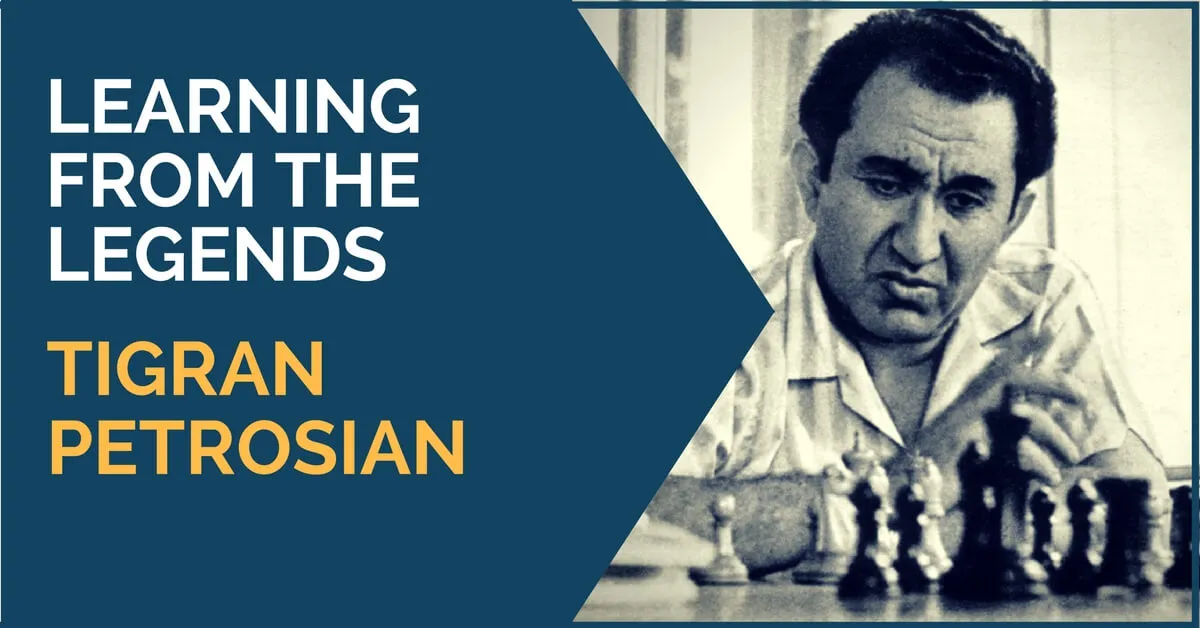Chess under 1400 ELO: 6 Most common mistakes
All chess player want to advance to the next level. It doesn’t matter if you are 1000, 1200 or 1400 rated you most likely want to add at least 200 points to your current elo. It seems that for under 1400 rated players it should be easy to improve, but it turns out they are the ones struggling the most. What mistakes are preventing U1400s from reaching their goals? Are these some common mistakes that many players make over and over again? Let’s figure this out together!
Chess Mistake for Under 1400 Elo №1: Blunders
Would you believe me if I tell you that all under 1400 rated players blunder? I can tell you more, not only do they make those blunders, but also they blunder pretty often, if they are still belong to that rating category. The good news is it is something easy to fix. The bad news is that most U1400 players don’t realize that it is a big issue. Why is it a big issue? If you won a pawn, but blundered a rook away 3 moves later, the pawn becomes simply irrelevant. You can’t win games if you’re giving away your material for free.
If they ask those players to tell you what they should work on to improve at chess, you will hear various suggestions. Some of the most common choices are the openings, positional chess, strategical thinking, etc. Not many would admit that the blunders are something that keeps them from playing a much better chess. Those who do realize the cause, and take action typically move up and don’t stay in U1400 category for very long.
If you are U1400 player and still not convinced pick out last 5 chess games you’ve lost. Find the place where things went wrong. The chances are at least 3 out 5 of those games were lost due to a simple blunder.
Ready to start winning at chess?
Click here to start your training using the day-by-day program.
Chess Mistake for Under 1400 Elo №2: Lack of Planning
Another serious problem that many U1400 players are facing is the lack plan. Let me tell you what typically happens in the game. Both sides push d4 or e4 pawns 2 squares forward creating a symmetric pawn structure. Then the knights and bishops are developed, probably the kings are castled.
After those fundamental things are completed the players run out of useful moves and start playing some useless prophylactic moves like h3 or h6, or putting the king on h1 or h8, etc. What does that immediately tells me? It tells me that the player does not have a clear plan how to proceed in this middlegame. Luckily for him he is playing against someone from the under 1400 club. His opponent has no clue as well and the chances are even.
If you want to start winning games against those sorts of players one after another, you need to have a somewhat good understanding of what to do in a middlegame. You should have couple basic ideas in mind that can be used for winning those positions. For example, a king’s side attack with a quick f4 and a rook lift, or attack in the center, or perhaps a queen’s side pawn expansion. By learning just a few of these common plans you will gain an enormous advantage in under 1400 club. But keep in mind that is only relevant if you stop making blunders (see number 1 mistake above).
Chess Mistake for Under 1400 Elo №3: Not Calculating Moves
Another interesting aspect of under 1400 chess is reliance on the intuition. If some major exchange is about to happen, instead of calculating who will get an upper hand at the end, an U1400 player will simply go for it. It is not unusual to see a surprise on his face when after just 3 moves he ends up a piece down. Those exchanges are tending to be played as fast as possible, regardless on the amount of time left on the clock.
If you what to have a less chaotic game with more predictable results, minimizing number of unpleasant surprises you should start calculating those exchanges. If you see that your piece is not defended enough you can still defend it more, or avoid the exchange altogether. Calculating moves is like predicting the future, which you can still alter in the way you’d like. In simple words, if you want to increase probability of success at chess you should start calculating.
Chess Mistake for Under 1400 Elo №4: Extreme Playing Style
There are two totally opposite playing styles at under 1400 level. One is what I call a super-active, the other one is a super-passive playing style. It is hard to say which of the two is superior. Players with a super-active style start out by launching an immediate attack straight from the opening, bypassing the development altogether. Their king is exposed, but that doesn’t bother them a bit. The pieces are sacrificed with a hope to get a step closer to the opponent’s king. Needless to say, 90% of the times that type of players ends up 3 pieces behind, by move 20 in a hopeless position.
The second type of U1400 players is a super -passive type. After developing pieces and castling they don’t make any even remotely attacking moves. These players just sit there and wait to see what the opponent is going to do. If the opponent prepares an attack and solidifies the position, a super-passive player will lose with a very high certainty. It is obvious that neither of those playing styles is suitable for somebody who wants to move up past 1400. There should be a balance between how actively or passively you play.
Chess Mistake for Under 1400 Elo №5: Neglecting Pawns
According to Philidor pawns are the soul of the game. Nevertheless many under 1400 rated players totally neglect them, as they are some unimportant commodity. I have seen many tournament (!!) games where players give up 2 pawns, just to be able to castle sooner.
There are indeed positions where it makes sense to sacrifice a pawn to gain a time advantage. It is only a good idea if you have a solid plan of how that time can be utilized to regain the material in long run. Otherwise, you are preparing yourself for a lost endgame starting from the opening (never a good idea).
Chess Mistake for Under 1400 Elo №6: Not Taking Enough Time
What under 1400 rated player can do well is to play fast. Have you noticed that the lower player’s rating is, the faster he plays? Even in a simple looking position a master level player can spend a good few minutes thinking about the move.
A weaker player would just make a move without giving it too much thought. Even less likely he will analyze 2 or 3 moves ahead. By simply slowing down, taking a bit more time to think about the moves and position in general an U1400 can perform at least 50-100 points better. Always remember that fact and take enough time to consider what move to play next.
If you want to improve your chess level, you need to have a clear study plan. If you aim for a dramatic improvement at chess you need to work on all of the elements of the game in a systematic way:
- tactics
- positional play
- attacking skills
- endgame technique
- classical games analysis
- psychological preparation
- and much more
That seems to be like a lot of things, and that is. But no worries, we have made it easy for you. Our comprehensive training course covers it all and much more. Sign up for 21 Day Training right now!
Want to avoid common mistakes in chess? Check out our store and articles:










Comments: